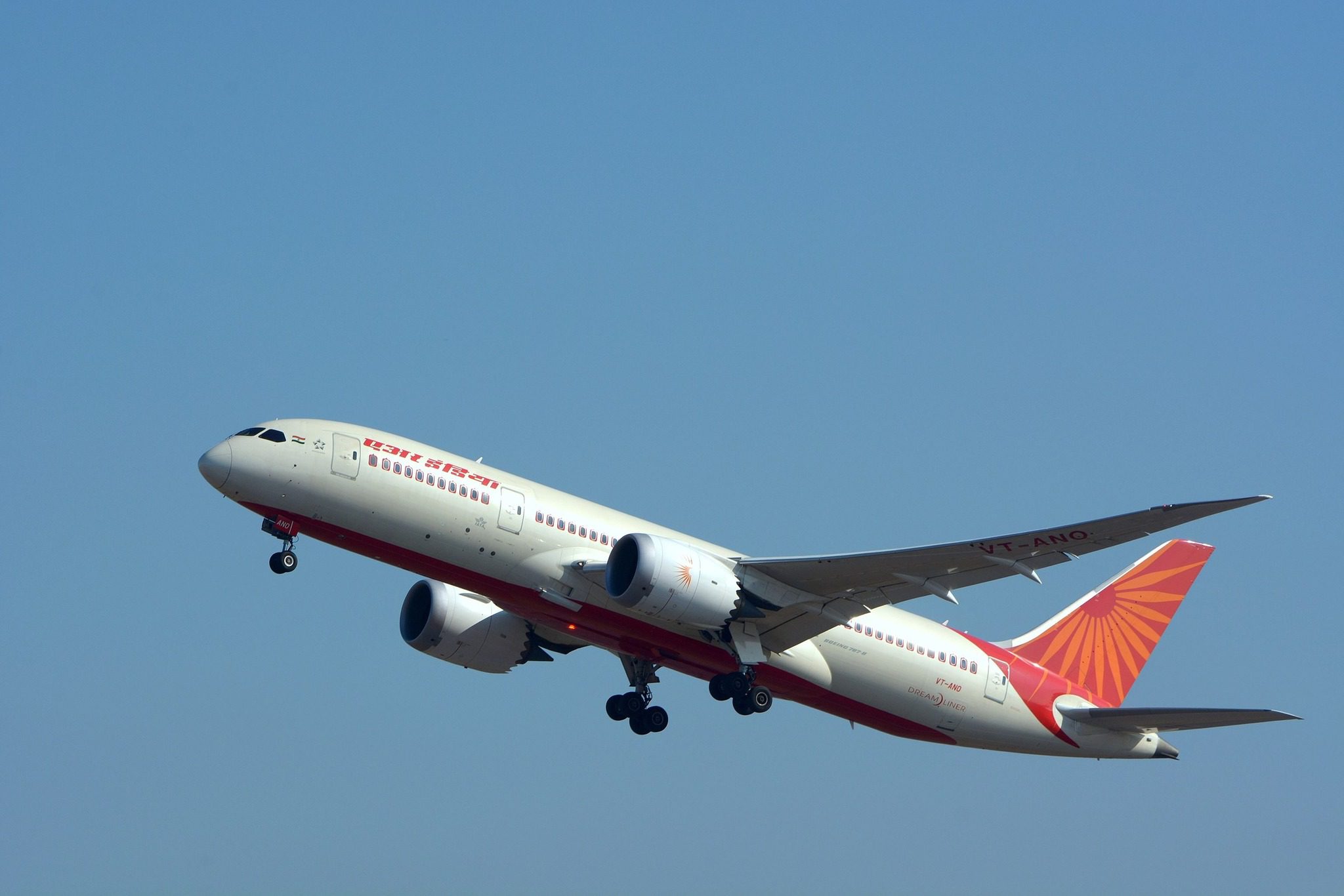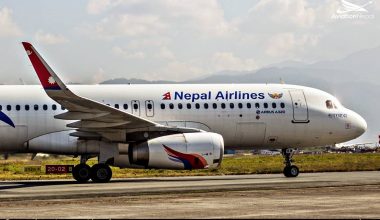New Delhi, October 10, 2025 — A recent Air India flight experienced a mid-air technical scare when the Ram Air Turbine (RAT) unexpectedly deployed during final approach to Birmingham Airport, triggering safety concerns and prompting a detailed investigation by India’s aviation regulator.
According to officials, the incident involved Air India Flight AI-117, a Boeing 787 Dreamliner (registration VT-ANO) operating on the Delhi–Birmingham route. The RAT — an emergency turbine that automatically deploys when an aircraft loses engine or electrical power — extended at around 400 feet above ground level, moments before landing.

Federation of Indian Pilots Raises Alarm
Following the incident, the Federation of Indian Pilots (FIP) wrote formally to the Directorate General of Civil Aviation (DGCA), the Aircraft Accident Investigation Bureau (AAIB), and the Ministry of Civil Aviation, urging an immediate inspection of the electrical systems across all Boeing 787 Dreamliner aircraft operating in India.
The FIP highlighted that the aircraft’s onboard Health Monitoring System had recorded a fault in the Bus Power Control Unit (BPCU) — a crucial component responsible for electrical power distribution. A malfunction in this system could have triggered the RAT deployment, even though the flight’s engines and main electrical supply were functioning normally.
DGCA Launches Investigation
In response, the DGCA confirmed that a probe has been initiated to determine the root cause of the anomaly. The regulator stated that Air India carried out maintenance checks as per Boeing’s technical recommendations, but “no discrepancies were found” in the aircraft’s electrical systems.
Despite the preliminary clearance, the aircraft was grounded temporarily in Birmingham for further inspection, resulting in the cancellation of the return flight AI-118 to Delhi. The DGCA has also sought a comprehensive report from the airline and Boeing.
Concerns Over Boeing 787 Electrical Systems
This incident comes at a sensitive time for Air India’s Boeing 787 fleet. In June 2025, another Air India 787-8 aircraft — operating as Flight AI-171 — tragically crashed, killing 260 people. That accident, also under investigation by the AAIB, raised questions about possible electrical system vulnerabilities in Dreamliner jets.
The FIP, in its latest communication, cited Boeing’s own Fleet Team Digest, which lists previous global occurrences of in-flight RAT deployments. The pilots’ body has requested DGCA to coordinate with Boeing to verify whether these incidents could point to an underlying design or reliability issue affecting the Dreamliner’s power management system.
Air India’s Response and Passenger Safety
Air India has assured that passenger safety remains its highest priority. The airline stated that all necessary technical checks were completed before resuming operations of the affected aircraft. Boeing’s engineering team is also expected to participate in a joint inspection to rule out any systemic defects.
While the airline maintains that the deployment was likely a “false trigger” caused by an electrical signal error, pilots have urged that preventive maintenance inspections be expanded to include the RAT activation circuits and BPCU components across the entire Dreamliner fleet.
What Is a Ram Air Turbine (RAT)?
The Ram Air Turbine is a small emergency propeller installed in modern jetliners. In case of a complete engine or electrical failure, it deploys automatically into the airflow, generating hydraulic and electrical power to keep essential systems like flight controls and instruments active.
Under normal circumstances, the RAT remains retracted throughout the flight. Its deployment without power loss — especially at low altitude — is rare and considered a serious technical anomaly that requires thorough investigation.
Aviation Experts Call for Proactive Oversight
Aviation experts note that the DGCA’s swift response is critical in restoring passenger confidence. With India’s airline industry expanding rapidly and fleet utilization reaching record highs, ensuring that aging electrical components are closely monitored is becoming increasingly important.
Experts emphasize that while Boeing’s Dreamliner remains one of the most advanced and fuel-efficient wide-body aircraft, its complex electrical architecture demands rigorous preventive maintenance.
Broader Implications for Indian Aviation
This latest mid-air scare underscores the need for proactive oversight, transparent communication, and fleet-wide safety audits. The involvement of the pilots’ association reflects growing professional concern that anomalies like RAT deployments, even when they do not lead to accidents, could be early indicators of deeper system vulnerabilities.
The DGCA’s findings will likely shape future maintenance directives for Air India and other Indian carriers operating Boeing 787s. The outcome of the ongoing probe could also influence Boeing’s engagement with regulators worldwide regarding the Dreamliner’s power control systems.






